What is Dripline and How Do I Use it?
Dripline is a pipeline with an internally built drip emitter, evenly spaced along the pipe to give a dedicated amount of water.
Commonly used in Landscape and Effluent application. Due to the effectiveness, precision and longevity of dripline irrigation, it is becoming more widely used in Horticulture, Agriculture and other areas of irrigation
Options to consider
- Flow Rate
- Pressure Regulation
- Dripper Spacing
- Application
- Filtration
What is Dripline?
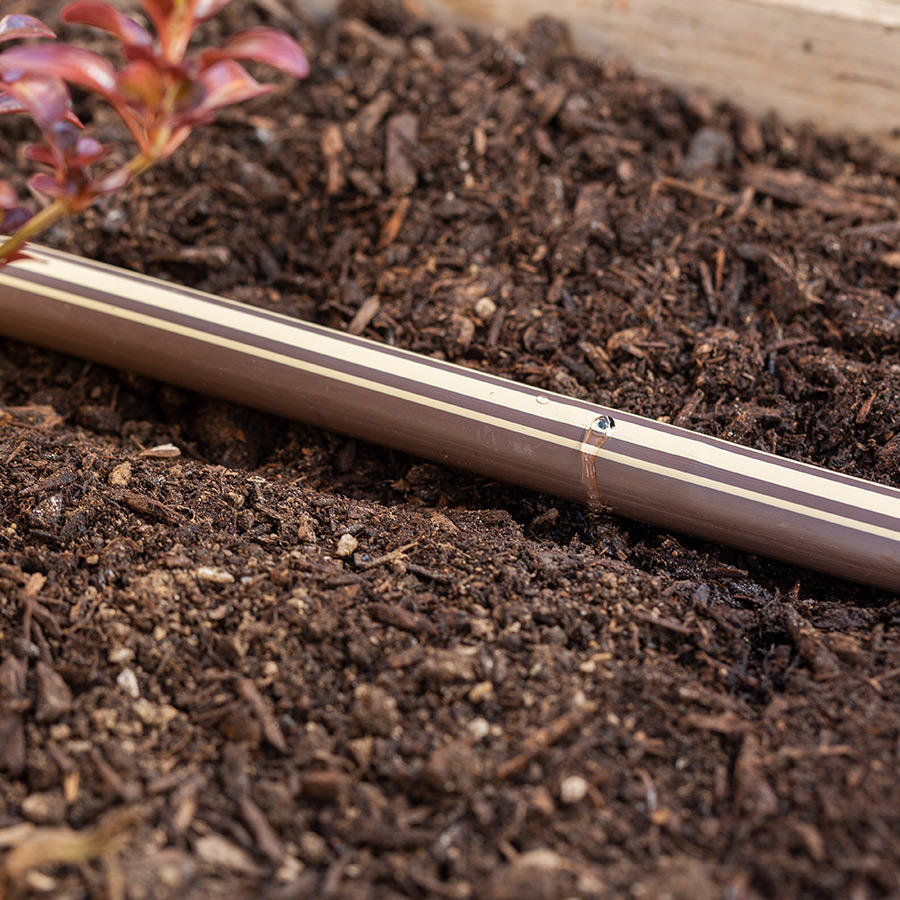
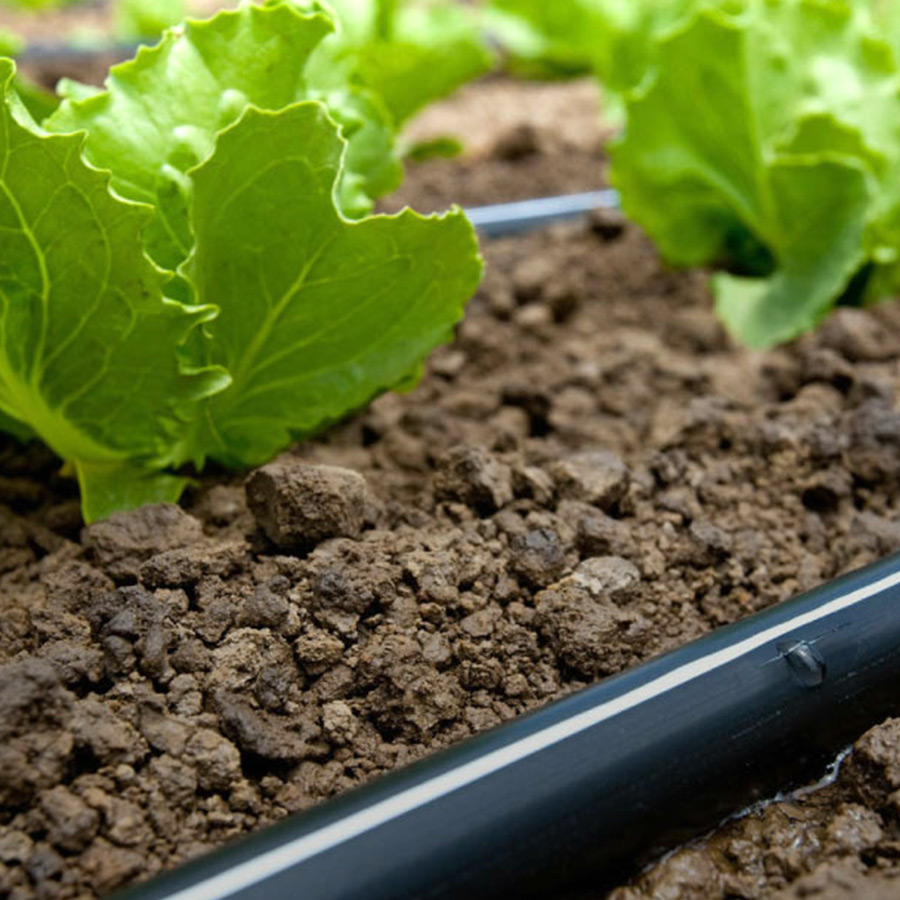
Dripline vs Drip tape
Dripline and Drip tape are commonly confused for one another in this industry. Both are fundamentally the same item, having drip emitters evenly spaced, built internally into the pipe. But they are drastically different in material and application.
Wall-Thickness
Driptape is a thin-walled tube/pipe, lying flat upon application, only enlarging once filled with water. Dripline is a structured pipe that is rigid, similar to the lateral/poly pipe.
- Drip tape is a thin-walled pipeline with a common wall thickness of 0.15mm, 0.2mm and 0.3mm.
- Drip Line commonly has a wall thickness of 0.9mm to 1.2mm
Application
- Drip tape is commonly used in short term crops and lasts between 1 to 5 years (depending on customer care).
- Dripline can be used in short or long term crops and will last 10 to 30 years.
Due to the driptape lying flat when not irrigating, it allows for it to recoil when the season ends or for harvesting. Driptape comes in much larger coils between 1000m to 3000m. Dripline comes in 50m to 400m coils and can not be recoiled to store away easily.
Pressure
- Drip tape operates at low flow and low pressure, approx 0.2 - 1.25 Bar (8 – 15 psi). Higher than the recommended will split either the tube or the fitting connection.
- Dripline has either pressure compensated or non-compensated drip emitters that can have operating pressures varying from 15 psi to 60 psi.
What Dripline to Choose?
Dripline comes in many different forms and is manufactured with different dripper spacings, different flow rates, different pipe wall thickness, different pipe diameters and also in different colours.
To make the decision of which drip line will suit your situation, you need firstly decide the colour.
Purple is for effluent re-use
Brown is for landscape use
Black is for all other uses
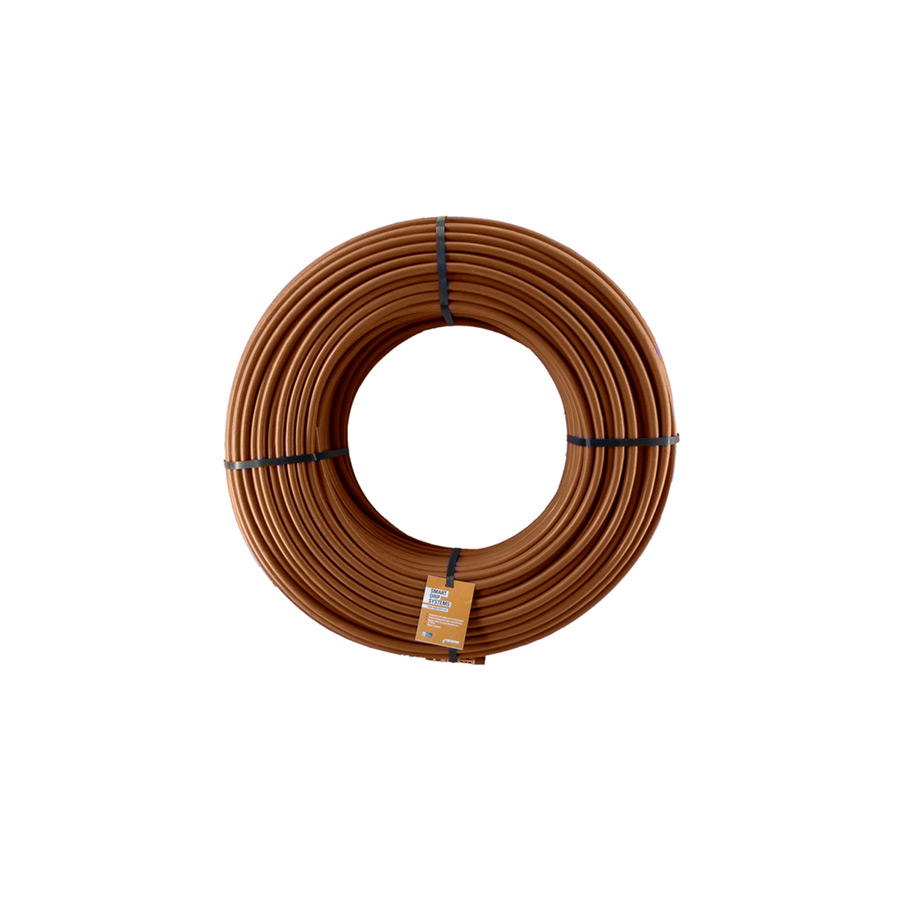
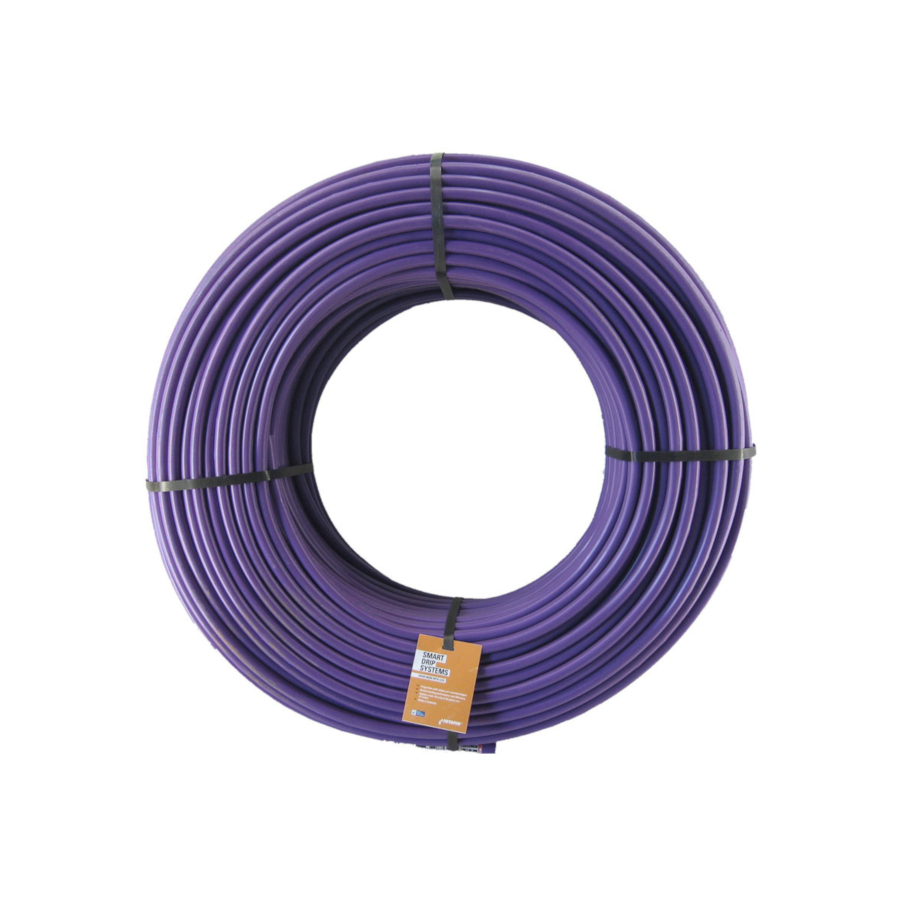
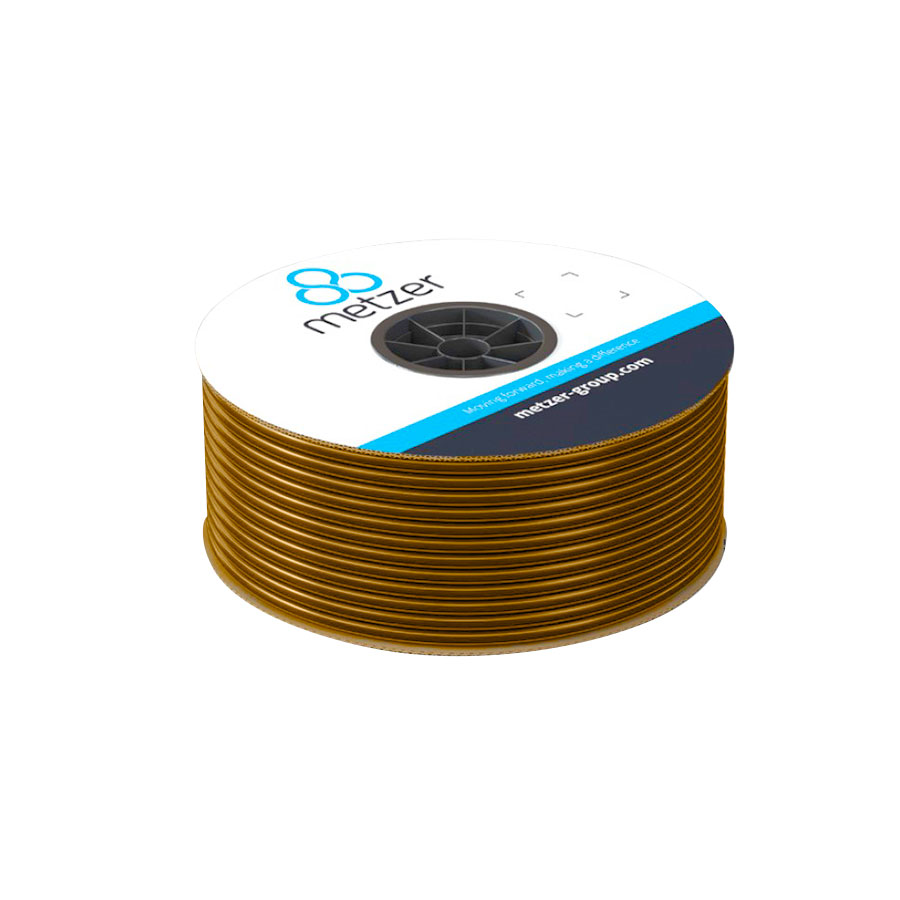
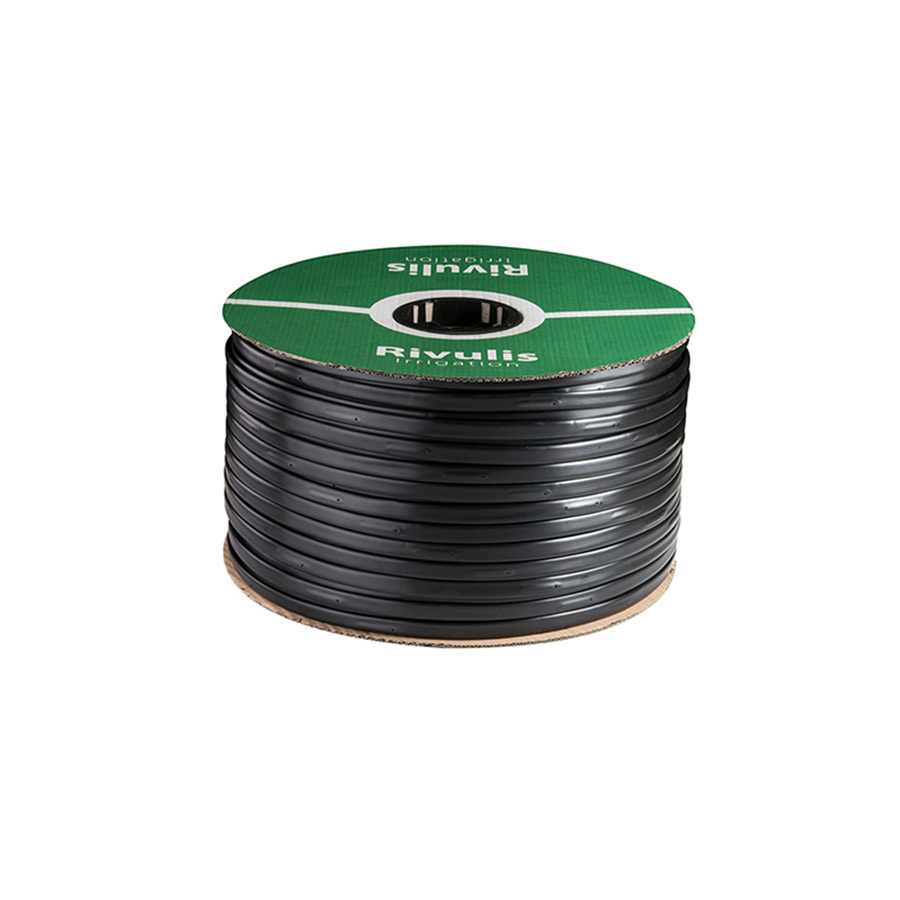
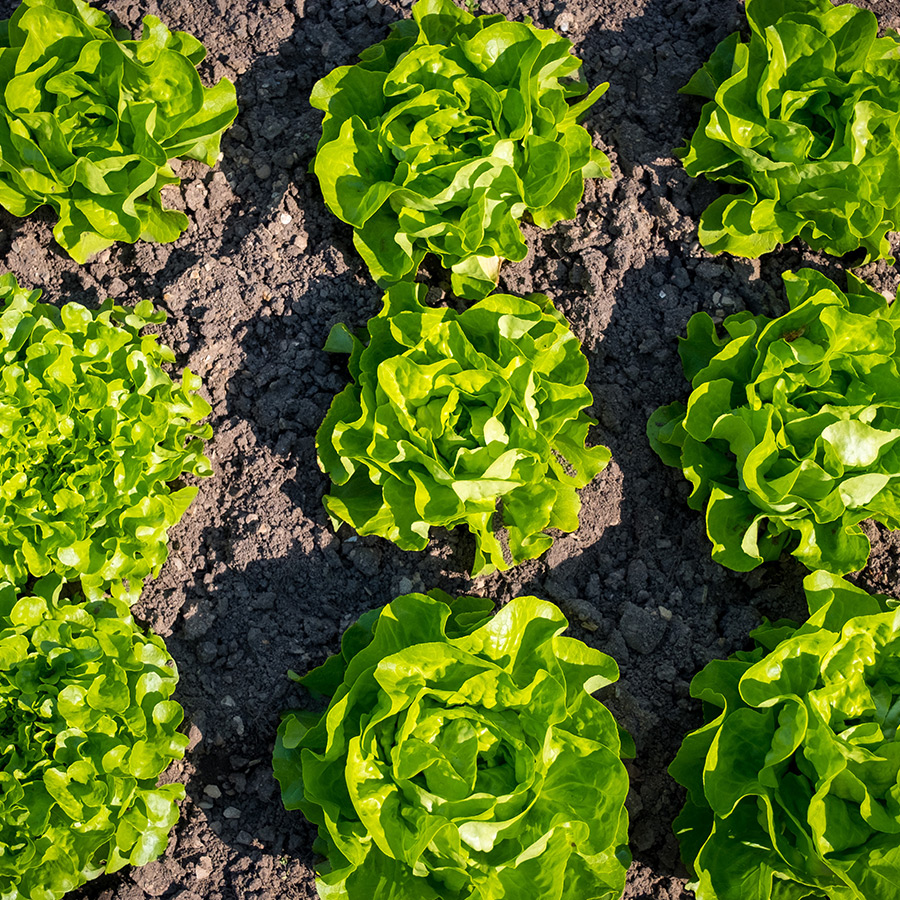
Dripper Spacing
Dripline comes in a variety of different spacing between the dripper. Commonly between 10cm to 30cm spacing. This is the distance from one dripper to the next.
It is an easy decision to make when deciding which dripline spacing to look for as can depend on the plant spacing. If you have closely planted crops/garden, go for a close dripper spacing and vice versa.
One, two or more, depends on how much of the root zone you would like to irrigate and how big that root zone is. Keep in mind that any rootzone not irrigated may come under stress during the dry periods.
When deciding on the spacing for your drippers you need to consider how much water each plant will be getting, this also relates to your available water supply.
The closer the spacing, the more drippers per meter, which in turn requires more water.
Use the following example to help make your decisions.
- 1 Metre / Dripper Spacing
- 30cm Dripper Spacing = 3.33333 drippers per meter.
- 3.3333 x Dripper L/hr = Flow per Metre
- Flow per Meter x Total Metres = Total Flow of Dripline.
Flow Rates
Dripline comes in a variety of different flow rates, ranging from 1 L/hr - 4 L/hr per dripper. When making the decision of which flow rate works for you, you need to consider the following.
- How much water do you have available?
- How much water do your plants require?
- What is the spacing of the drippers?
When you have figured that out you can make the decision on which flow rate you require. remember the calculation above to help determine the total amount of water usage for the system.
If your total run of dripline is 10 L/min and you only have 5 L/min available. You will have to break the run into 2 separate manageable zones.
Remember that pumps do not like working at the bottom or top 10% of performance, as it puts unnecessary stress on the pump. changing the flow rates of the drippers could help the pump run more economically.
Pipe Wall Thickness
Most dripline pipes are rigid pipe that has the dripper built internally. The wall thickness of dripline will vary from manufacturer and pipe diameter. Commonly in the 14mm dripline, the wall thickness is around 0.9mm to 1.2mm
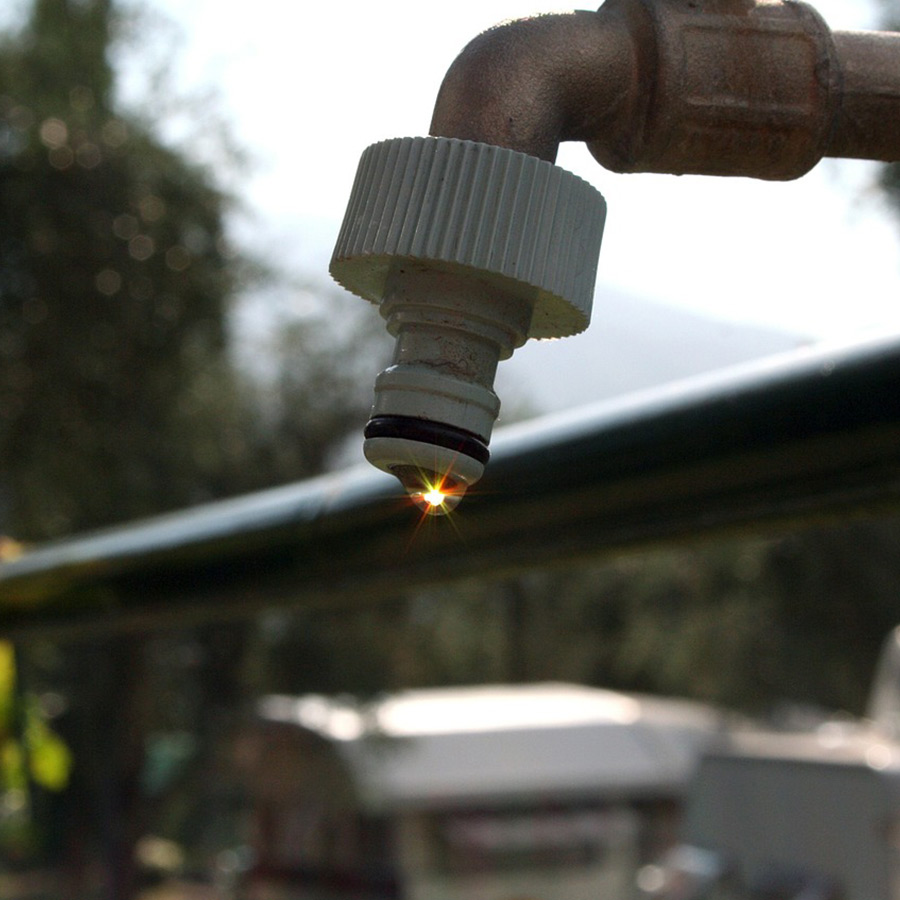
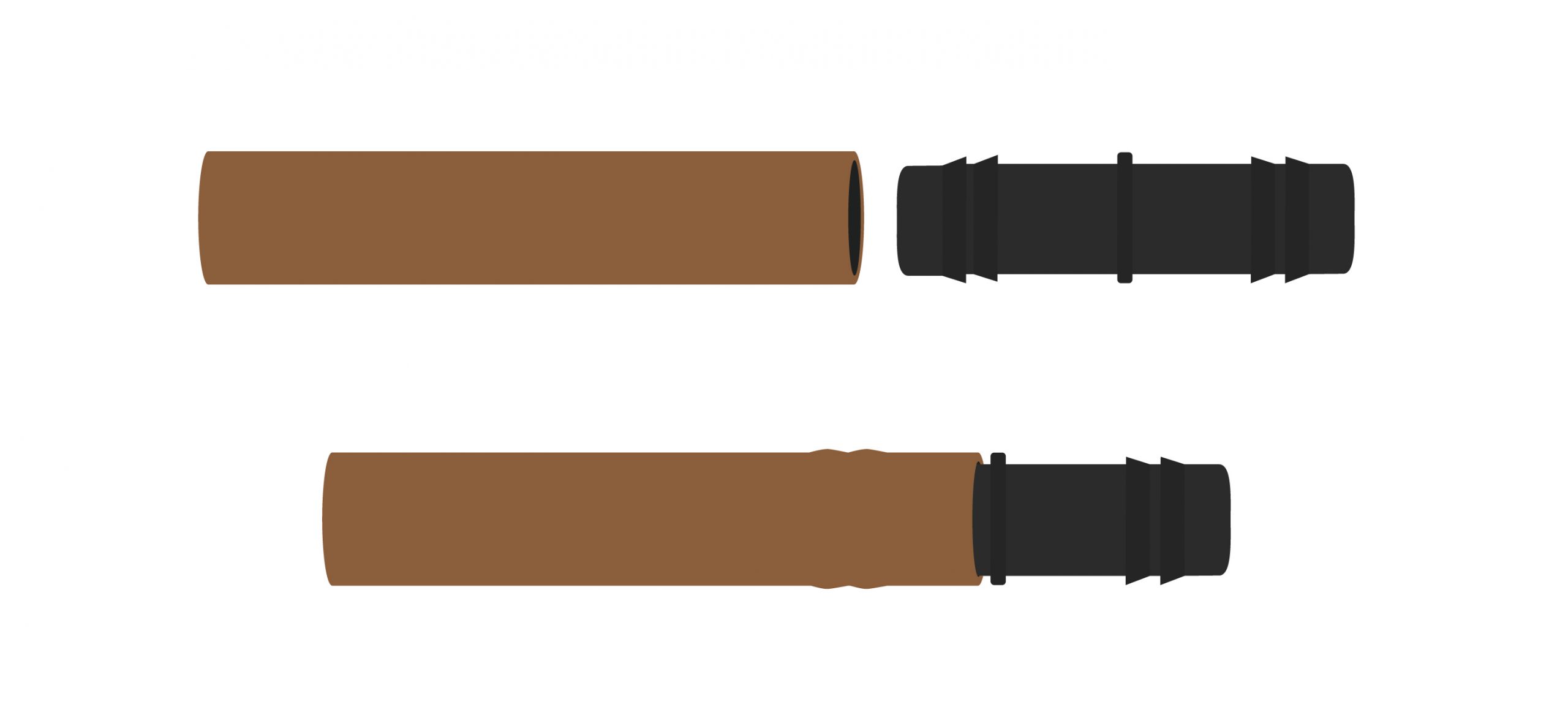
Pipe Diameter
There are a few different diameters of pipe for dripline. The industry standard size is 16mm OD/14mm ID, however, landscape dripline is 13mm ID.
16mm dripline and dripline fittings are referred to by 16mm but are 14mm sized fittings. These are the double barbed fittings found here:
Landscape Dripline can use either 13mm Lateral Fittings or the 14mm Dripline Double Barb Fittings.
Double Barbed Fittings do not require ratchet clips.
Pressure Compensating vs Non-Compensating
With an irrigation system, it is wise to keep the flow variation from the outlets to be below 10%, it is commonly easier and cheaper to achieve this with pressure compensated drippers. However it some situations an experienced irrigation designer will be able to create a system with non-pressure regulated drippers that perform below the 10% flow variation and do this at a lower cost than using pressure regulated drippers. It is wise to discuss your system with a designer to see if it is worth having a look into the option. Any large system needs to be evaluated by an experienced designer to ensure the correct selection has been made.
Dripline is a low-pressure system and has an average operating pressure of around 0.5 - 2 Bar. If your system is above this, your dripline will not operate correctly. A pressure regulator valve may be required for your system.
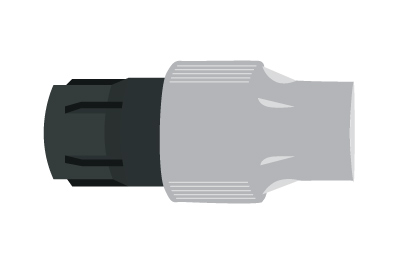
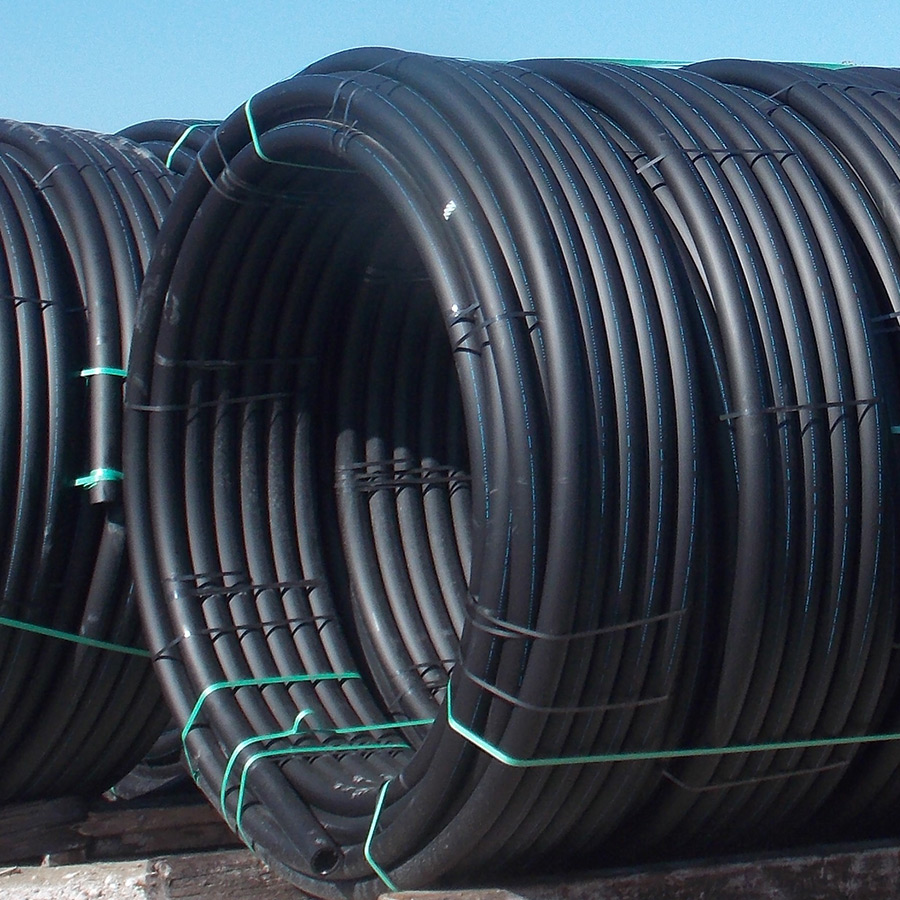
Pipeline Supply and Zoning
DIY design for an orchard irrigation system is not recommended, call one of our designers and we can see how we can help. System design can be a simple calculation for small orchards, other bigger systems will need a full computer aided design process.
Filtration
Water quality and filtration are very important for drip irrigation systems. You always require good filtration for drip irrigation even if you have very good quality water. If you have poor quality water, we need to know a bit of detail on what is in the water to decide what filtration system will suit.
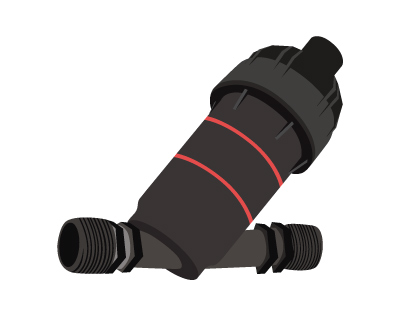
Installation
The Installation of Dripline is fairly easy, and you can have many different layouts to irrigate your plants/crops. Below are a few examples of different dripline layouts for irrigating a row of trees. For larger trees in the rows, you can go for the Loop option that allows you to customise the amount of dripline per plant.
Use Hose staples to peg the dripline in place. You can install dripline either on the surface or sub-surface.




